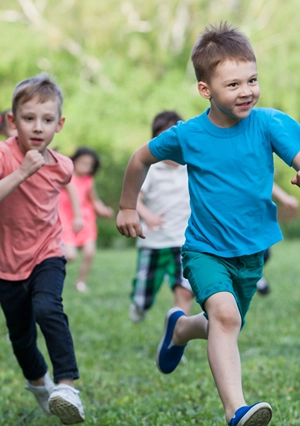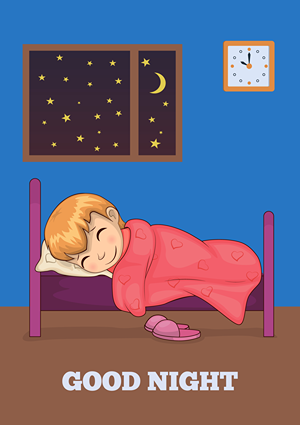Friendly Competitive Games for Your Child’s Birthday Party
Planning a birthday party for your child? Incorporating competitive yet enjoyable games into the festivities keeps the excitement levels high and encourages teamwork and camaraderie among the kids. Try these friendly competitive games for your child’s birthday party to make it a hit.
Scavenger Hunt Adventure
A scavenger hunt is a classic game that sparks curiosity and adventure in children of all ages. To set up a successful scavenger hunt, create a map or a series of clues that guide the kids toward hidden treasures around your backyard or home.
Scavenger hunting is a great birthday party theme for kids that keeps them interested, engaged, and excited. Theme the clues according to your child’s favorite movie or book for extra excitement.
Keep all treasures accessible and safe to find, and seal off any areas you want kids to avoid. A scavenger hunt encourages problem-solving and teamwork, as kids often need to work together to decipher the clues.
Three-Legged Race
The three-legged race is a staple at birthday parties, promoting laughter and teamwork. Pair up the children, tying one leg of each member to their partner’s using a soft cloth or bandana. The goal is to reach the finish line together without falling over. Safety is paramount, so keep the race area free of obstacles.
This creative, fun race is a great competitive game for your child’s birthday to host outside, where the soft grass is safe to land on, and the open space provides a longer race. Encourage the kids to cheer each other on, teaching them the value of teamwork and perseverance.
Obstacle Course Extravaganza
Creating an obstacle course is a brilliant way for kids to showcase their agility and athletic skills. Set up an at-home ninja warrior course with ropes, climbing holds, and monkey bars. Add a series of challenges like crawling under tables, hopping through hoops, or balancing on beams.
Make sure all obstacles are age-appropriate and safe. Time each participant to see who completes the course the fastest, but remember, the focus should be on fun rather than just winning.
Inclusive Musical Chairs
Musical chairs is a timeless game that never fails to entertain. To make it more inclusive, provide enough chairs for each round and encourage kids to help those eliminated become part of the cheering squad.
Put a Winning Spin on It
Play upbeat music and stop it at random intervals. Instead of eliminating one chair, consider having the person without a seat join the DJ to help control the music. This version reduces disappointment and keeps everyone engaged throughout the game.
Incorporating these games into your child’s birthday party will create a day filled with laughter, learning, and cherished memories. Encourage friendly competition to help children develop social skills, resilience, and the ability to celebrate victories and defeats graciously. Create your party plan, then watch your child’s special day come to life with smiles and excitement.








